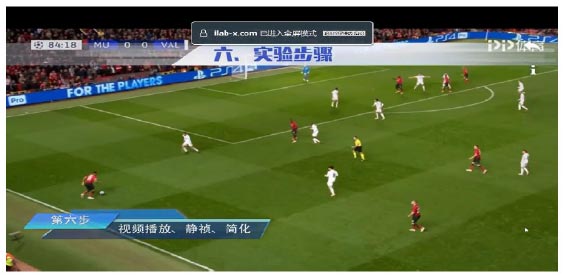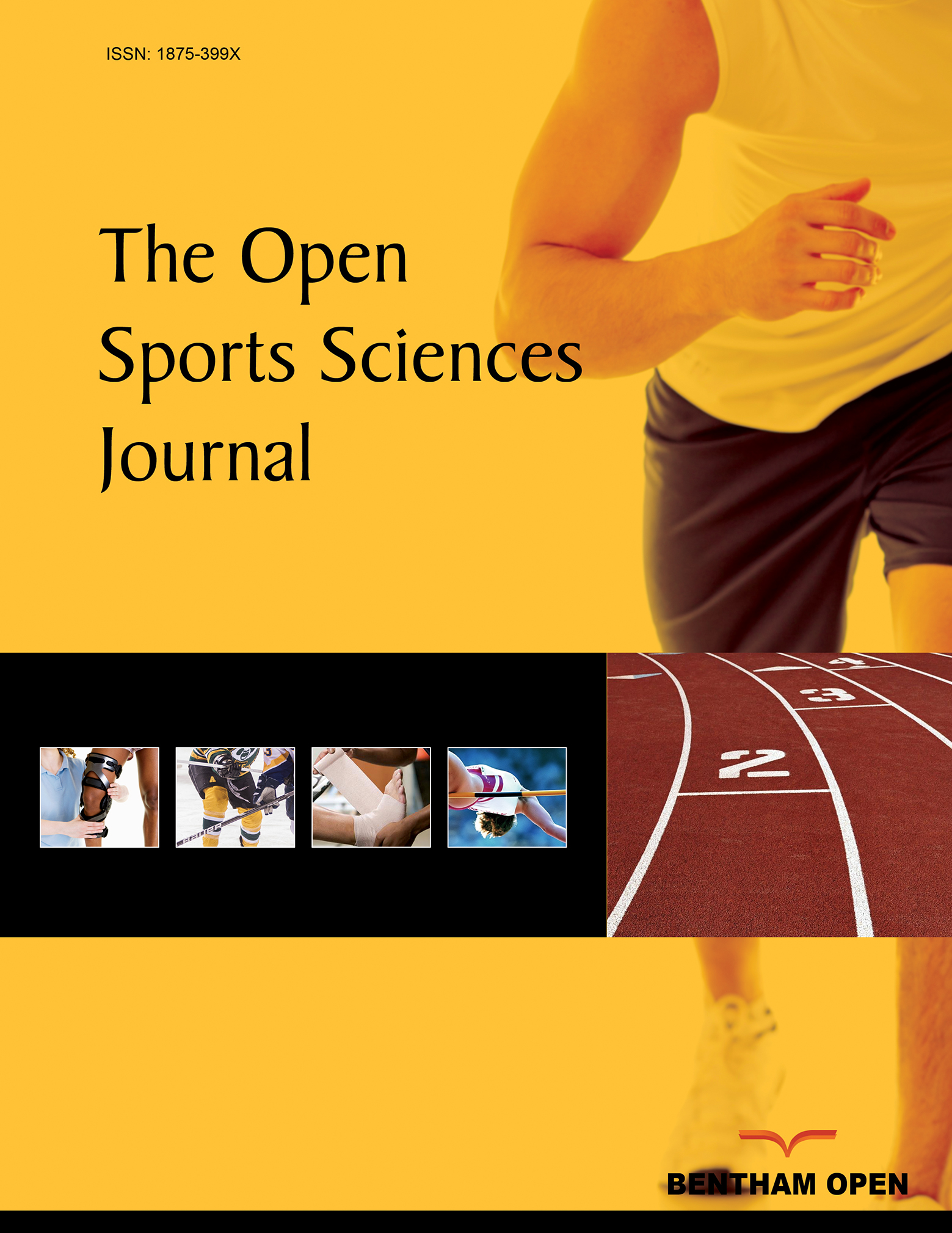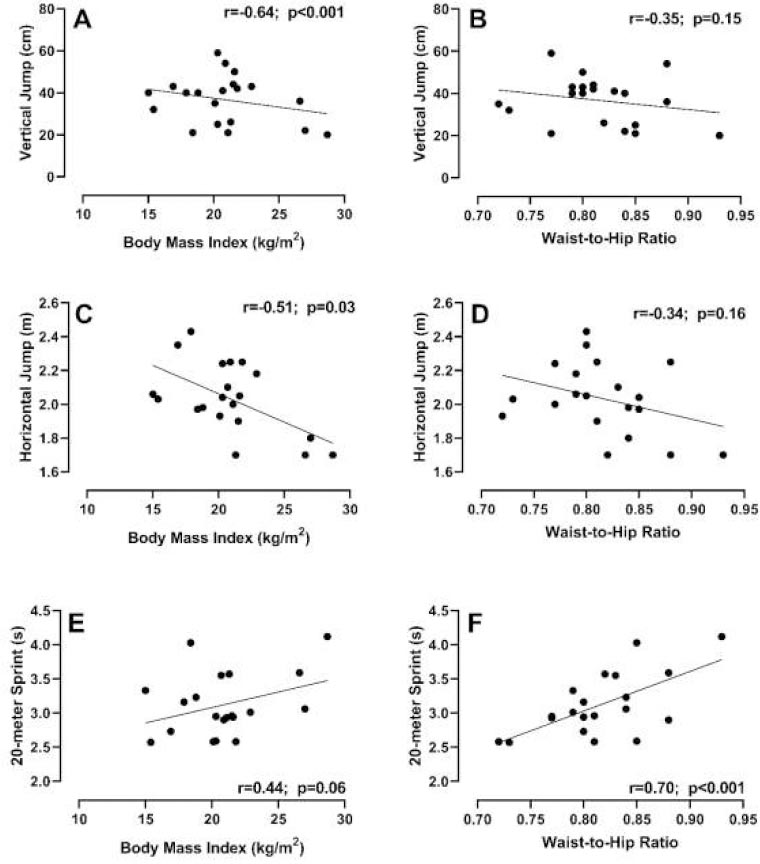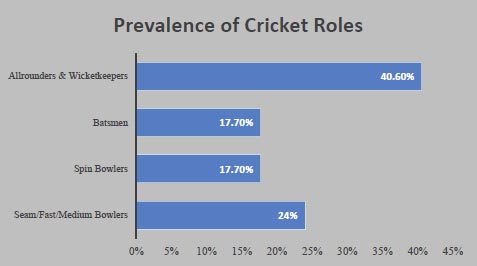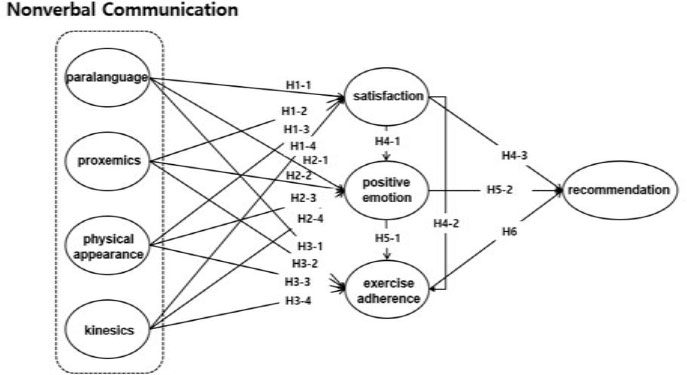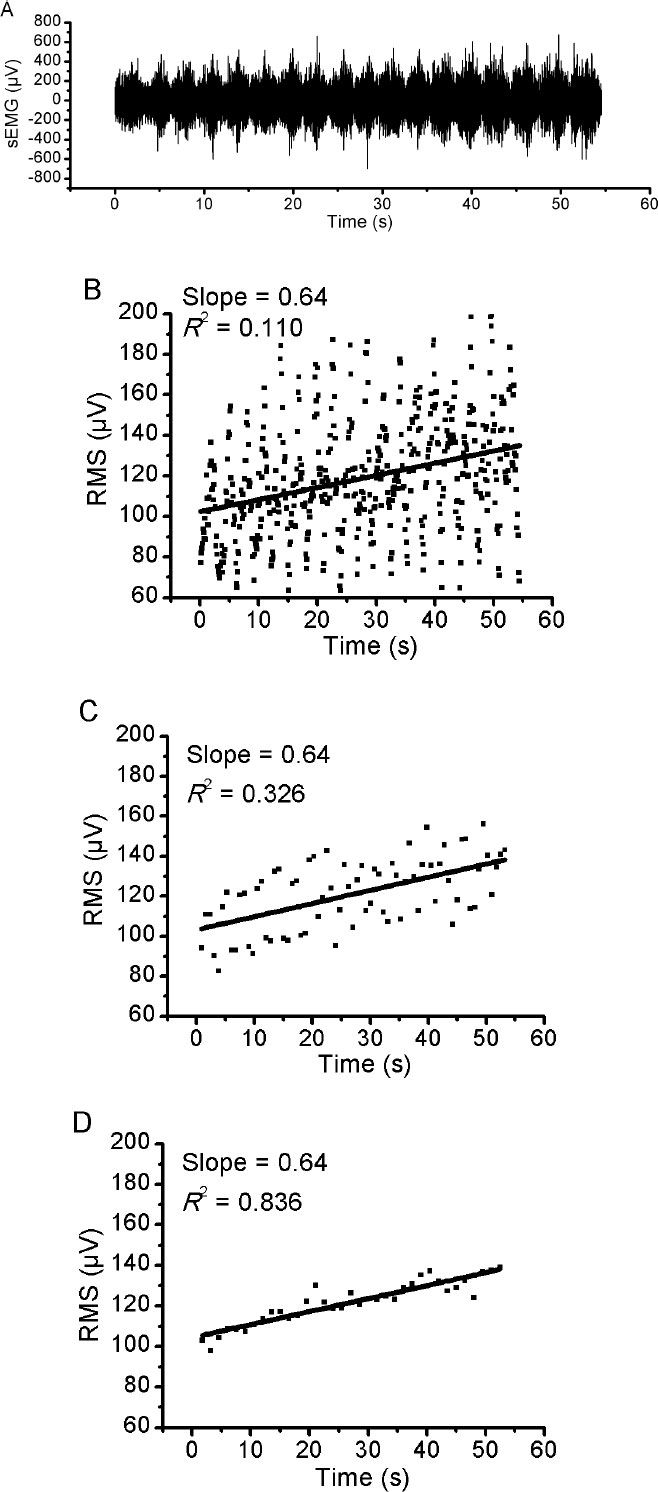The Open Sports Sciences Journal is an open-access journal that publishes research articles, reviews/mini-reviews, letters, and guest-edited single-topic issues in all areas of sports sciences, such as anthropology, biochemistry, biomechanics, epidemiology, growth and motor development, motor control and learning, measurement and evaluation, physiology, pedagogy, psychology, history, philosophy or sociology. The emphasis of the Journal is on the human sciences, broadly defined, and applied to physical activity, sport and exercise. Topics covered also include design of analysis systems, sports equipment, research into training, and modeling and predicting performance.
The Open Sports Sciences Journal, a peer reviewed journal, is an important and reliable source of current information on developments in the field. Emphasis is placed on publishing quality papers, making them freely available to researchers worldwide.
The Open Sports Sciences Journal is an international, peer-reviewed, open-access journal covering all aspects of sports sciences published continuously by Bentham Open.
